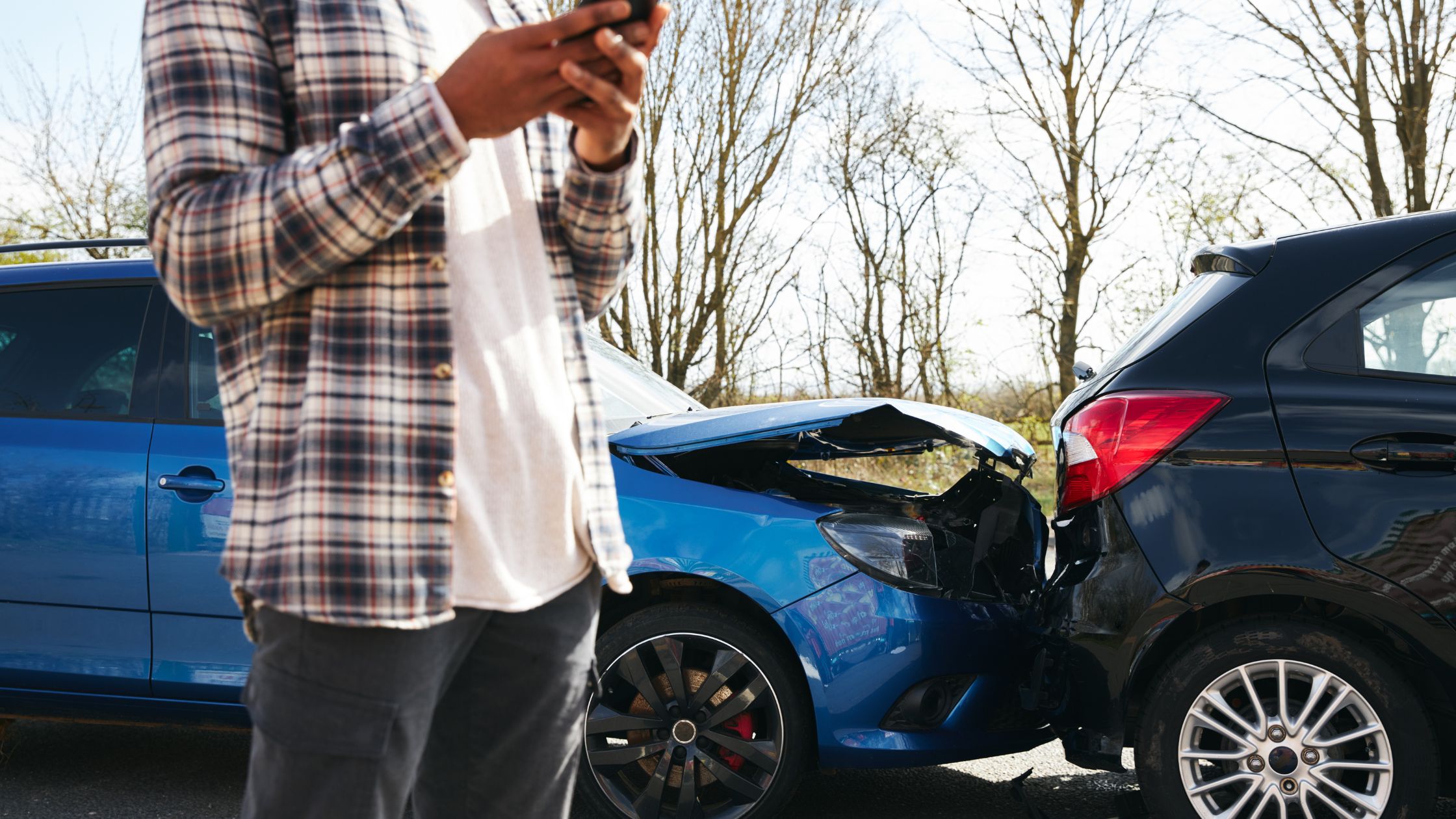This article was guest authored by McCune Law Group personal injury attorney Brynna Popka.
As a personal injury attorney, I’m always looking for ways to go the extra mile for my clients. Sometimes that means taking calls at all hours or taking the time to thoroughly explain complex legal processes and documents without legal jargon. But it can also mean approaching insurance policies with the utmost scrutiny — and a little creativity.
In my experience working with accident victims across California, I’ve found that the Uninsured Motorist Act is an underutilized resource. Protecting insured victims from financially irresponsible motorists, this act has the potential to make a significant impact on client recovery.
Personal injury lawyers and accident victims alike can benefit from familiarizing themselves with uninsured/underinsured motorist coverage. In this article, you’ll learn more about the applications of UM/UIM coverage while discovering new ways it may serve your case or clients.
What is Uninsured/Underinsured Motorist Coverage?
Uninsured motorist coverage (UM/UIM) is a type of bodily injury insurance designed to compensate those who have been injured by an uninsured or underinsured driver. In some states, UM/UIM coverage is optional whereas in others it is a requirement.
In California, where I practice, the Uninsured Motorist Act requires that every automobile liability insurance policy includes uninsured and underinsured motorist coverage. This coverage applies to “any other person while in or upon entering into or alighting from an insured motor vehicle.” A pedestrian struck by an uninsured motorist while standing at the door of their own insured vehicle, for example, would be “upon” the insured vehicle.
What Other Situations are Covered by UM/UIM Coverage?
When an individual is covered by UM/UIM coverage, they are covered even if they are injured while walking, bicycling, riding as a passenger, or driving.
Other specific situations covered by UM/UIM include:
- Temporary Substitute Vehicles: If an accident victim has borrowed a friend’s car and is struck by an uninsured driver, UM/UIM coverage could still be available. Typically, UM/UIM coverage will follow the car.
- Hit-and-Run with Phantom Vehicle: In a hit-and-run situation in which the owner or operator of a motor vehicle is unknown, certain restrictions will apply. There will need to be “verified contact” with the phantom vehicle to make UM/UIM coverage available.
Who is Covered Under UM/UIM Policies?
UM/UIM policies may initially seem limited, but they offer opportunities for expansion. UM/UIM coverage applies to:
- Named insureds
- Spouses
- Heirs
- Relatives who live in the same household and are related by blood, marriage, and/or adoption
- Any person entering, occupying, or exiting an insured vehicle
But it doesn’t have to stop there. Creative attorneys can argue for expanded coverage to secure clients the best recovery possible. For example, a college student living away from home is no longer in the “same household” as the insured parents but could still be covered under their policy. If the parents are divorced, attorneys may be able to explore further expansion and obtain UM/UIM benefits from both parents’ policies.
When Can I Claim UM/UIM Coverage?
Unless UM/UIM coverage is waived, it is part of all auto insurance policies. Absent a waiver, UM/UIM coverage will be read into policies that are either silent about coverage or in conflict with the statute: an effective waiver needs to be in writing.
You (or your client) may be able to claim UM/UIM coverage if:
- The at-fault third party is uninsured or underinsured.
- You/the client’s UIM limits are greater than the liability limits of the vehicle that injured the client.
- All other available coverage has been exhausted.
After obtaining the insurance policy, an experienced personal injury attorney will be able to determine whether it applies to the situation at hand.
Conclusion: The Reality of Claiming UM/UIM Coverage
In California, an average of 16.6% of drivers on the road do not have car insurance; this means there is a 1 in 6 chance in every automobile accident that the other driver will not have coverage.
Such odds suggest that lawyers who do not look for UM/UIM policies may be missing significant opportunities to better serve their clients. While this article outlines the basics of UM/UIM coverage application, there is always more work to be done.
It’s my hope that this overview will spur further exploration of UM/UIM coverage in California and beyond, resulting in higher recoveries for clients who deserve the very best that personal injury law has to offer them.

To learn more about Brynna Popka’s personal injury work at McCune Law Group, visit her profile or call (909) 757-1812 to connect with a personal injury attorney today.
